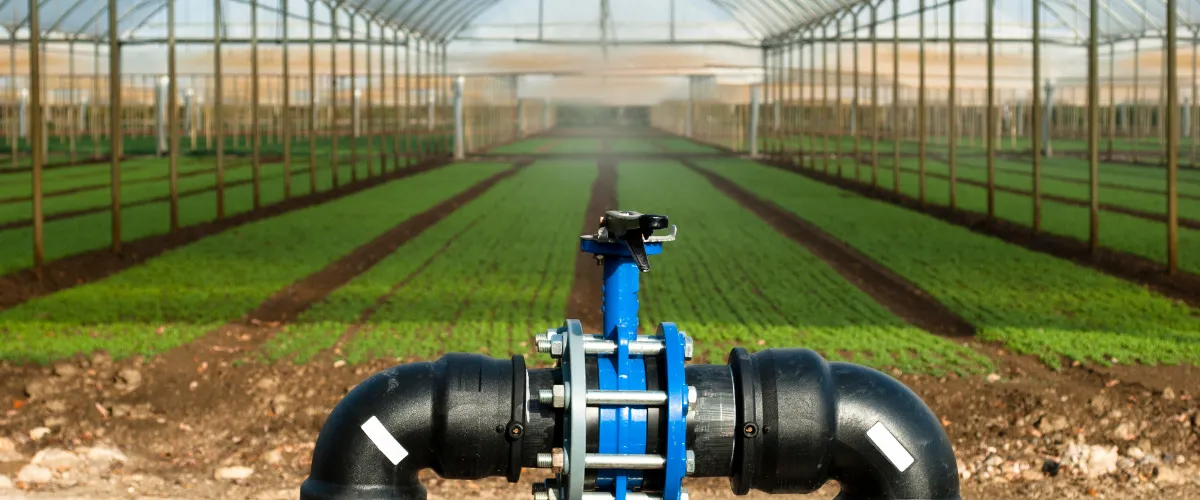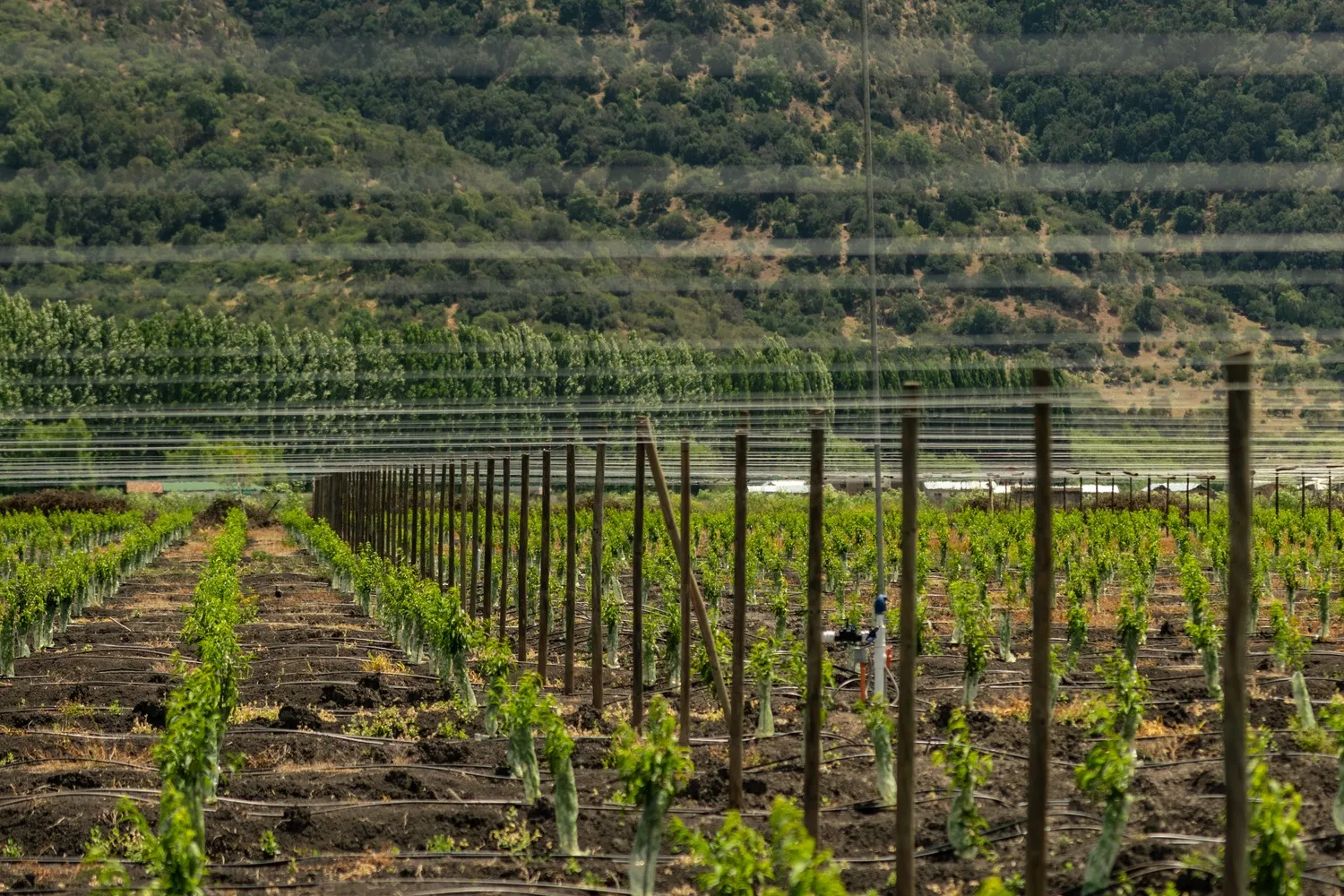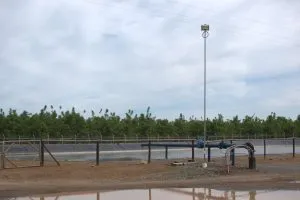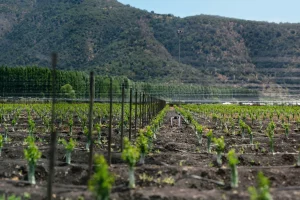
What Drip Irrigation Is Used For: Efficient Water Optimization in Agriculture
Drip irrigation is an efficient and precise irrigation system that has become an indispensable tool in modern agriculture. This system delivers water directly to the roots of plants, ensuring each one receives the exact amount of water it needs without wasting resources. Thanks to its ability to reduce water consumption, drip irrigation not only optimizes the use of this vital resource but also improves crop health and growth, especially in areas where water is scarce.
Benefits of Drip Irrigation
1. Water Savings
One of the main benefits of drip irrigation is its ability to reduce water consumption in agriculture. This system delivers water directly to the base of each plant, minimizing evaporation and waste. By irrigating only the root zone, it optimizes water use, making it especially useful in water-scarce areas.
2. Better Control of Plant Nutrition
When considering what drip irrigation is used for, it's important to note that it allows for the application of nutrients directly to plant roots through fertigation. This not only improves control over the amount of water each plant receives but also ensures efficient nutrient absorption. As a result, plants grow stronger and healthier.
3. Reduction of Weeds and Diseases
Because drip irrigation distributes water in a way that keeps the soil around plants dry, it reduces the growth of weeds. Additionally, since it doesn't wet the plant foliage, it lowers the risk of fungal and bacterial diseases. Thus, it goes beyond irrigation to also protect crops from diseases.
4. Energy Efficiency
Drip irrigation is also an energy-efficient option. It requires lower water pressure compared to other irrigation systems like sprinklers, reducing energy consumption associated with water pumps. This energy efficiency makes drip irrigation more cost-effective and sustainable in the long run.
5. Improved Crop Quality
The uniform water distribution provided by drip irrigation allows for more consistent crop growth, resulting in better quality harvests. Plants receive water consistently and in a controlled manner, improving their development and resilience to adverse weather conditions.
How Drip Irrigation Works
When asking what drip irrigation is used for, it's important to understand that the system consists of several components: pipes, drippers, and filters. Water is transported through pipes to the drippers, which release small amounts of water directly onto the plant roots. This process ensures that each plant receives the right amount of water, consistently and in a controlled manner.

Applications of Drip Irrigation
Drip irrigation has a wide range of applications across various types of crops. From fruit and vegetable orchards to gardens and greenhouse crops, the efficiency of drip irrigation improves yields and reduces operational costs. Here are some of its most common applications:
- Open-field agriculture: Ideal for crops such as tomatoes, cucumbers, peppers, and vegetables.
- Greenhouses: In controlled environments, drip irrigation allows for precise control over humidity and nutrients.
- Landscaping and gardening: It is also used in gardens, parks, and recreational areas to maintain even water distribution without wasting resources.

Wiseconn’s Solution for Drip Irrigation
Wiseconn has designed innovative solutions to maximize the performance of drip irrigation systems. With its smart monitoring platform, farmers can manage irrigation in real-time, optimizing water use and other resources. If you’re wondering what drip irrigation can do for your agricultural business, Wiseconn provides precise tools to ensure the success of your crops.
Discover more about the solutions Wiseconn offers to optimize your irrigation system through the following links:
- Our Solution: Ideal for crops such as tomatoes, cucumbers, peppers, and vegetables.
- Wiseconn Software for Irrigation: In controlled environments, drip irrigation allows for precise control over humidity and nutrients.
- Wiseconn Hardware for Irrigation: It is also used in gardens, parks, and recreational areas to maintain even water distribution without wasting resources.



